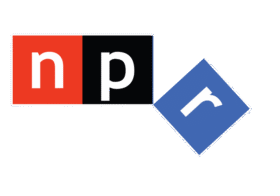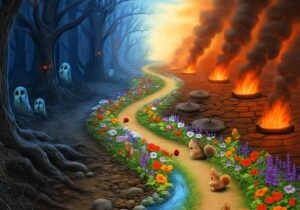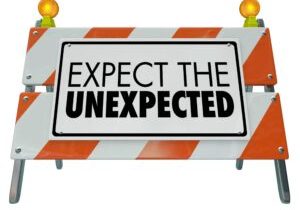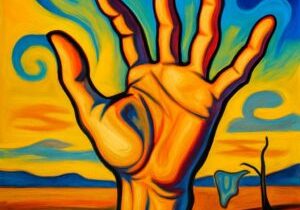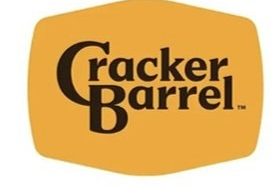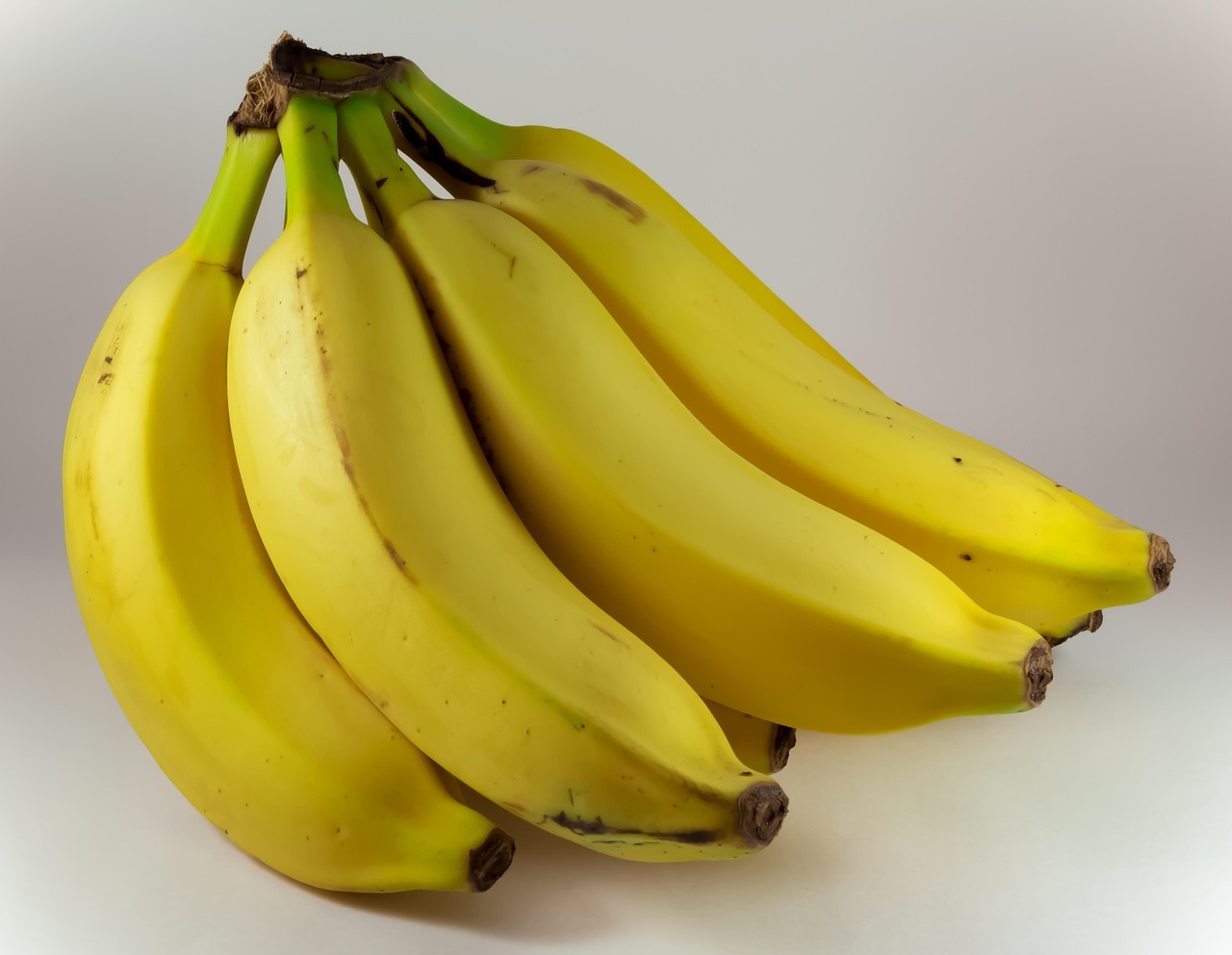
If you’re a baseball fan, you know it’s already been an interesting season—and we’re just on the other side of the All-Star break.
But one of the biggest stories in baseball is about a team of high-achievers that’s not one of the 30 MLB teams. In fact, they’re a minor league team. But that label doesn’t apply when you consider they’re the hottest ticket in baseball, filling up major league stadiums full of rabid fans who want to see them play.
Nope, not the Dodgers, the Yankees, the Mets, or the Tigers.
I’m talking about the Savannah Bananas, the team that’s making yellow the hot color on the diamond. They’ve been around for a while—in fact, I wrote a blog post about the Bananas and their unique approach to baseball and, as importantly, to entertainment back in 2019: “10 Lessons Radio Can Learn From The Savannah Bananas.” Since then, the Bananas have been on a hot streak. I’m not referring to them winning games or finishing at the top of their division.
yellow the hot color on the diamond. They’ve been around for a while—in fact, I wrote a blog post about the Bananas and their unique approach to baseball and, as importantly, to entertainment back in 2019: “10 Lessons Radio Can Learn From The Savannah Bananas.” Since then, the Bananas have been on a hot streak. I’m not referring to them winning games or finishing at the top of their division.
The Bananas, a minor league headquartered in Savannah, Georgia, has become a worldwide phenomenon. At a time when baseball has been roundly knocked for being a dull sport that bores young people to tears, the Bananas play to full houses wherever they go.
In fact, many sports leagues and organizations are challenged to appeal to the Generation Z crowd, not to mention their younger sibs—Gen Alpha.
So, look at TikTok followers for the following pro sports teams:
Golden State Warriors 6.7m
Kansas City Chiefs 5.1m
Los Angeles Lakers 3.6m
Los Angeles Dodgers 2.3m
New York Yankees 1.7m
And the Bananas? They’ve got a beyond-impressive 10.5 million followers on TikTok. Not bad for a team that plays exhibition games under a set of rules they’ve made up themselves, known as “Banana Ball.”
This team (and its league) don’t need a “pitch clock” to make the game slide by faster. In fact, growing legions of fans might prefer an even longer show—or spectacle. That’s because the entertainment factor for the Bananas’ brand of baseball is an “11” if you’re keeping score at home.
That ‘s because a Bananas game is designed to be non-stop fun. And like all great brands, it starts with the foundational statement:
“We Make Baseball Fun.”

And keep in mind the sub-positions: Fans First. Entertain Always. All Inclusive.
Most sports teams have nowhere near this level of brand depth. Frankly, neither do most radio stations. But like well-crafted, well thought-out, and prepared game plans, what the Bananas is doing is not only mind-blowing, but off the charts considering they’ve accomplished it on a baseball diamond, not exactly a hotbed of non-stop, energetic fun.
Now don’t get me wrong. I’m a core baseball P1. There’s nothing I enjoy more on a warm summer night than make the trek to Comerica Park in downtown Detroit to watch my beloved Tigers play. But only a first-place team can hope to fill the place.
In Banana-speak, that doesn’t come close to “making goal.” For this 2025 season, the Bananas schedule includes 40 cities—of which three games are played in NFL stadiums and 17 are in Major League Baseball stadiums. Of the former, they sold out Raymond James Stadium in Tampa—a crowd of 65,000. And in April the Bananas (and opponents, the Party Animals) played before 81,000 fans at Clemson’s Memorial Stadium, their largest crowd ever.
View this post on Instagram
The concept was created by Bananas owner Jesse Cole (pictured in his signature yellow tux). Along with his wife, Emily, they are the brains behind Fan First Entertainment. To say they have their eye on the ball is an understatement. This isn’t a baseball team—it’s an entertainment juggernaut.
signature yellow tux). Along with his wife, Emily, they are the brains behind Fan First Entertainment. To say they have their eye on the ball is an understatement. This isn’t a baseball team—it’s an entertainment juggernaut.
If you’re thinking Harlem Globetrotters, a franchise with a similar business model, you’re on the right track. But the Bananas are doing it on steroids,
In the league, there are now four teams of players, most of whom are former minor leaguers and/or college players. Unlike the scripted Globetrotters routines, Banana Ball games don’t have a preordained outcome and are competitive.
Still, they are a lot of fun, including a former MLB player or other special guests. Here’s an appearance by the All-American Rejects, providing the walk-up music for the team’s highly creative Alex “Ziggy” Ziegler:
View this post on Instagram
If I’m an MLB owner, I’m thinking I can learn from the stunts and tactics that are working for the Bananas. In fact, some of these techniques can be applied to their minor league affiliates—their AAA, AA, and A teams located in smaller markets.
Just like the way it worked in radio decades ago where innovation often was spawned in markets 50+, that’s very much the structure in minor league baseball where entertainment that transcends the game isn’t just desirable—it’s mandatory.
Analogous to a radio station that entertains well beyond its 250 playlist of safe in-format songs, small market baseball is a hotbed of activity.
Take the Detroit Tigers’ AA team in Erie, Pennsylvania. Up until this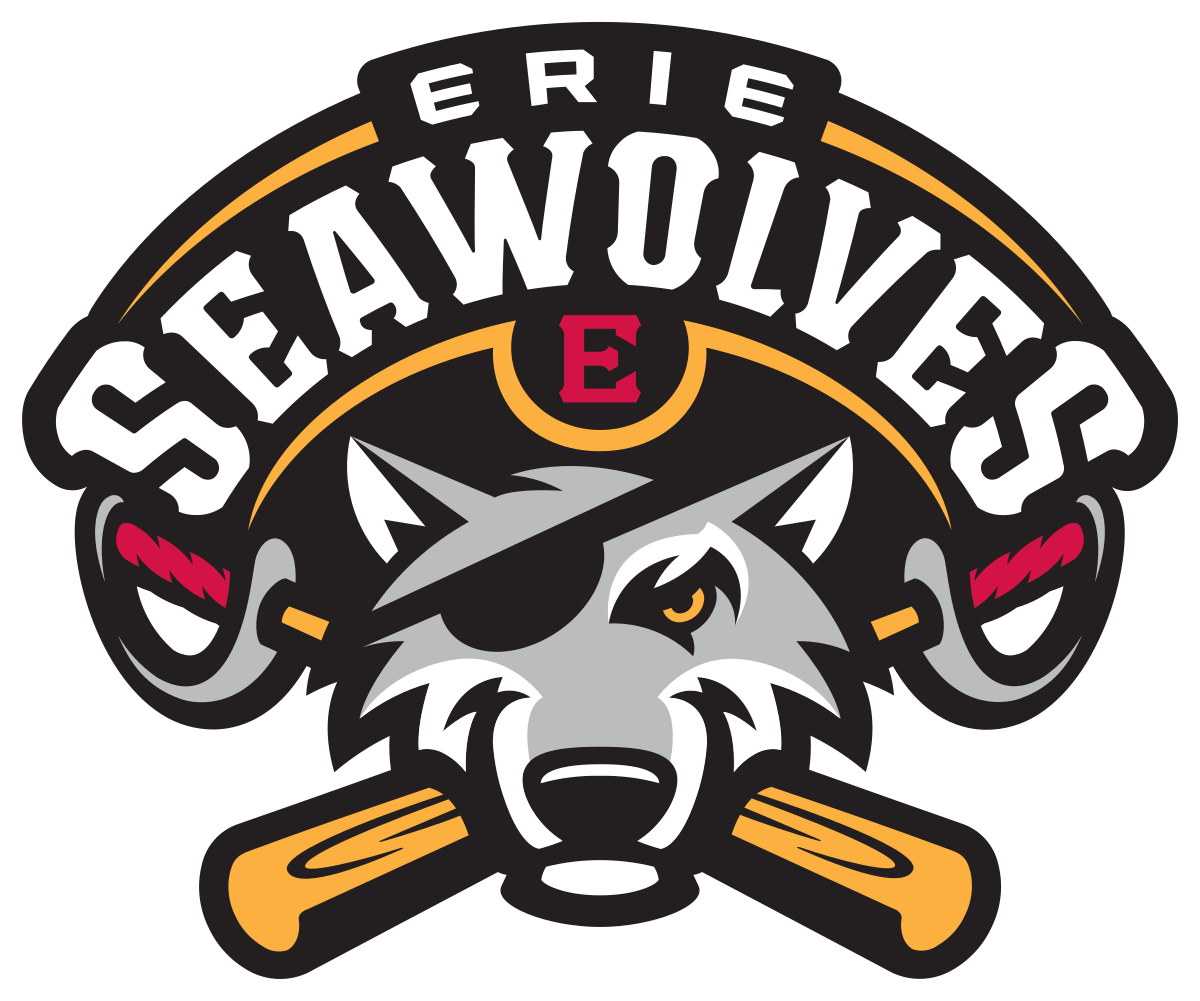 season, the Erie SeaWolves were just another forgettable feeder team in the Eastern League’s Southwest Division, one of hundreds of indistinguishable affiliates in a small, unglamourous market.
season, the Erie SeaWolves were just another forgettable feeder team in the Eastern League’s Southwest Division, one of hundreds of indistinguishable affiliates in a small, unglamourous market.
That was until HBO’s John Oliver, host of the always hilarious Last Week Tonight, got involved. Oliver puts together stunts in the style of former radio morning wizards like Jonathan Brandmeier. Last May, while highlighting oddball minor league baseball promotions, Oliver invited baseball teams to submit proposals making the case for his show’s staff to rebrand their squad.
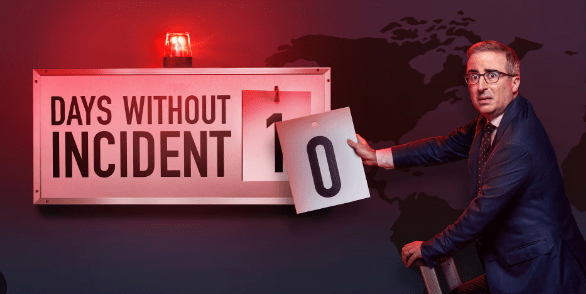
All told, 47 teams pitched the show, and the winner was those brave Erie SeaWolves. The AP reports that one of the key rationales delivered by the team was “The SeaWolves play baseball nowhere near the sea.”
Smart, right? And you have to give team president Greg Coleman credit for omitting inflammatory Lake Erie jokes. The Last Week Tonight team visited Erie to conduct their “research.” And the winner turned out to be the weirdly creative “Moon Mammoths.” (Yes, there’s logic behind this bizarre choice.)
Here’s the tease video the show created to herald the rebrand which officially took place on June 29, complete with new mascot, Fizz.
In my blog post about the Bananas I wrote in back in 2019, I listed 10 principles any radio station could put to work. My favorites?
“Being normal gets normal results.” This was true six years ago, and even more the case today as broadcast radio’s buzz has eroded since. Efficiency and predictability yield a dull brand. The Bananas are living proof that normalcy is grossly overrated.
“They take a pure content approach.” Rather than create features focused on how quickly they can monetize them—the “radio way”—the Bananas M.O. is to put out a fun product, fine-tune it and execute it, and let the marketing and money parts take care of themselves. When I wrote the original post, ticket prices averaged $15. Today, they start at $100 and go up from there. Frequently, fans have to go on a waiting list for the chance to buy them.
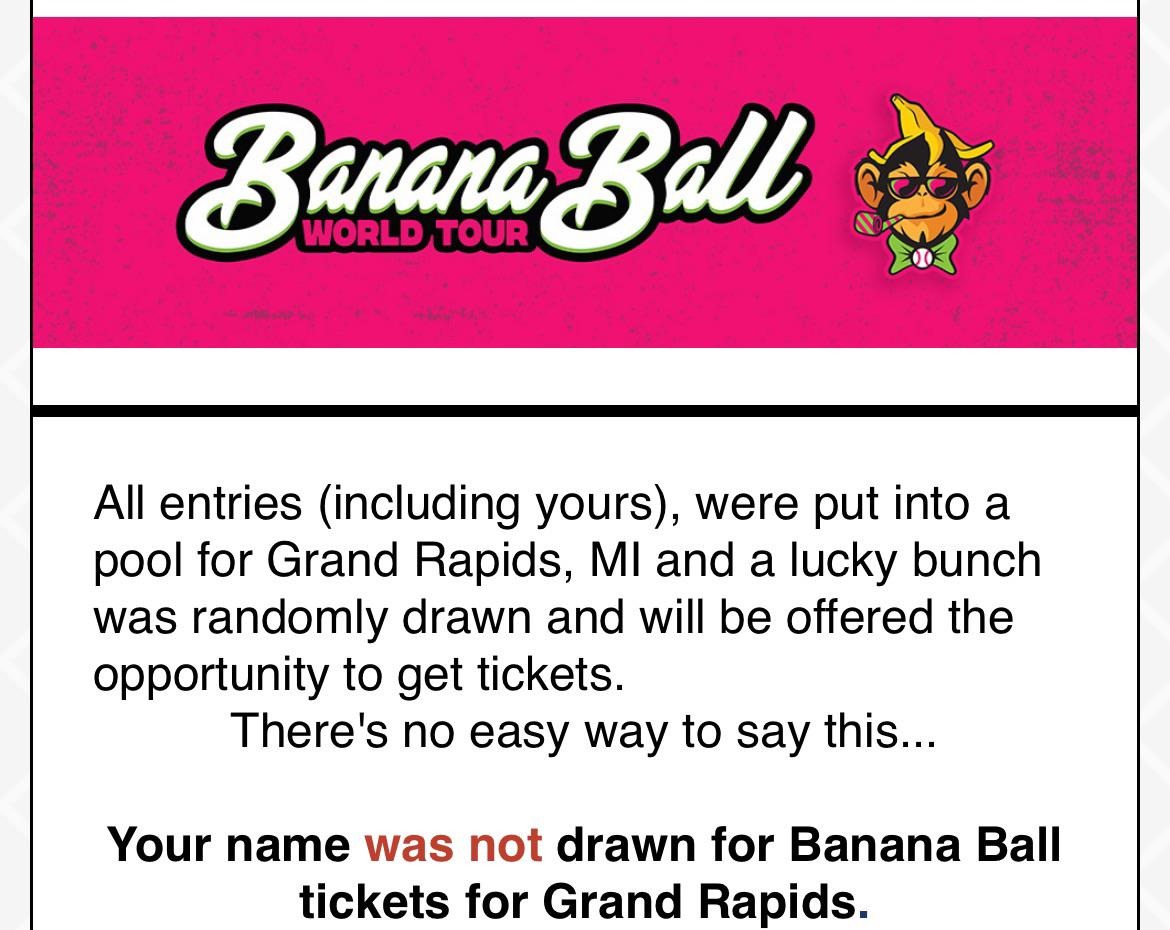
This model is SO simple. Use small markets and minor league teams for ideation, innovation, and pressure testing.
But “banana-level ideas” start with that “fans first” mindset and not taking your brand so seriously.
Radio would do well to embrace many of these principles, especially at a time when fans are looking for a laugh and escape. It’s worth adding that bananas strategy and tactics aren’t just worthy for commercial radio. The same principles and concepts—perhaps retooled and refined—could be easily translated to public and Christian radio stations with appropriate modifications.
View this post on Instagram
In that context, if John Oliver ran a “create a radio station” concept and asked stations to apply and give him and his team your secondary HD stations to use as their sandbox for one year, would YOU do it? Or perhaps more to the point, could you convince your company to do it?
Grab a banana and tell me about it.
Originally published by Jacobs Media

